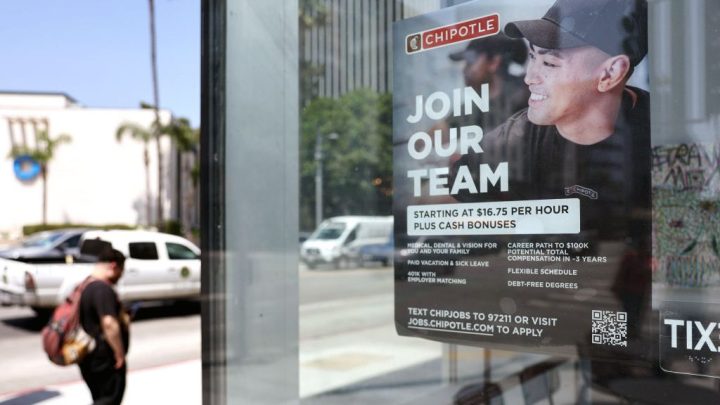
How much are employers paying for labor? That’s where the ECI comes in.
How much are employers paying for labor? That’s where the ECI comes in.

As Federal Reserve officials meet this week to set interest rate policy, they’ll have a pretty helpful data point they like to use to keep tabs on wage inflation: the employment cost index, or ECI.
The ECI report, which looks at how much employers are paying for labor, is put out quarterly by the Bureau of Labor Statistics. And although the next ECI will be released Tuesday, the previous report showed that wages grew at their slowest rate since 2021.
But why is the ECI favored by leaders like Fed Chair Jerome Powell? For one thing, it’s pretty comprehensive.
“It captures the cost, not only for wages, but also covers the costs of benefits provided to workers,” said John Ruser, president of Insights Into Comp LLC and former president and CEO of the Workers Compensation Research Institute. “The other feature of the ECI is that it’s designed in a way that it’s not affected by movements of labor across occupations and industries.”
A lot of that comes back to how the ECI is constructed. Ruser, who worked for 31 years in the federal statistical system, was involved in the process.
“It starts with a sample of companies,” said Ruser. “They draw out a sample that is designed to represent the full economy. And so that means a certain number of companies in a certain industry, for example.”
Next comes field visits. “Field economists go into those companies during initiation,” said Ruser. “And then they collect a whole battery of data about wages, other monetary expenditures on labor, but also a lot of other data on the provision of benefits.”
That data is collected quarterly until, after several years, the company is rotated out and a new company is rotated in.
So what are Fed officials going to be watching for in Tuesday’s report?
“They don’t want to see an ECI that’s increasing too quickly,” said Nicole Smith, chief economist at Georgetown’s Center on Education and the Workforce. “But one that is moving, at least in tandem, with inflation. Or at least maintaining the purchasing power of individuals.”
That means even if the ECI continues to slow, it probably won’t be unwelcome news for the Fed as it tries to tamp down inflation by slowing the economy.
There’s a lot happening in the world. Through it all, Marketplace is here for you.
You rely on Marketplace to break down the world’s events and tell you how it affects you in a fact-based, approachable way. We rely on your financial support to keep making that possible.
Your donation today powers the independent journalism that you rely on. For just $5/month, you can help sustain Marketplace so we can keep reporting on the things that matter to you.











